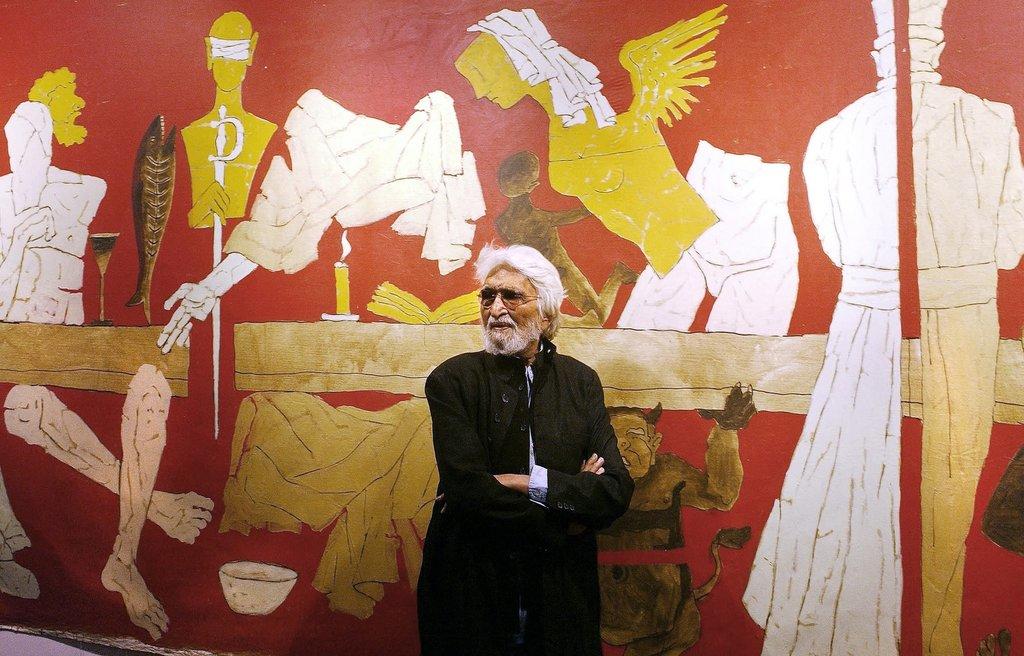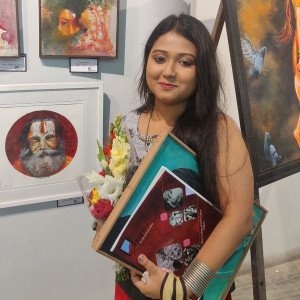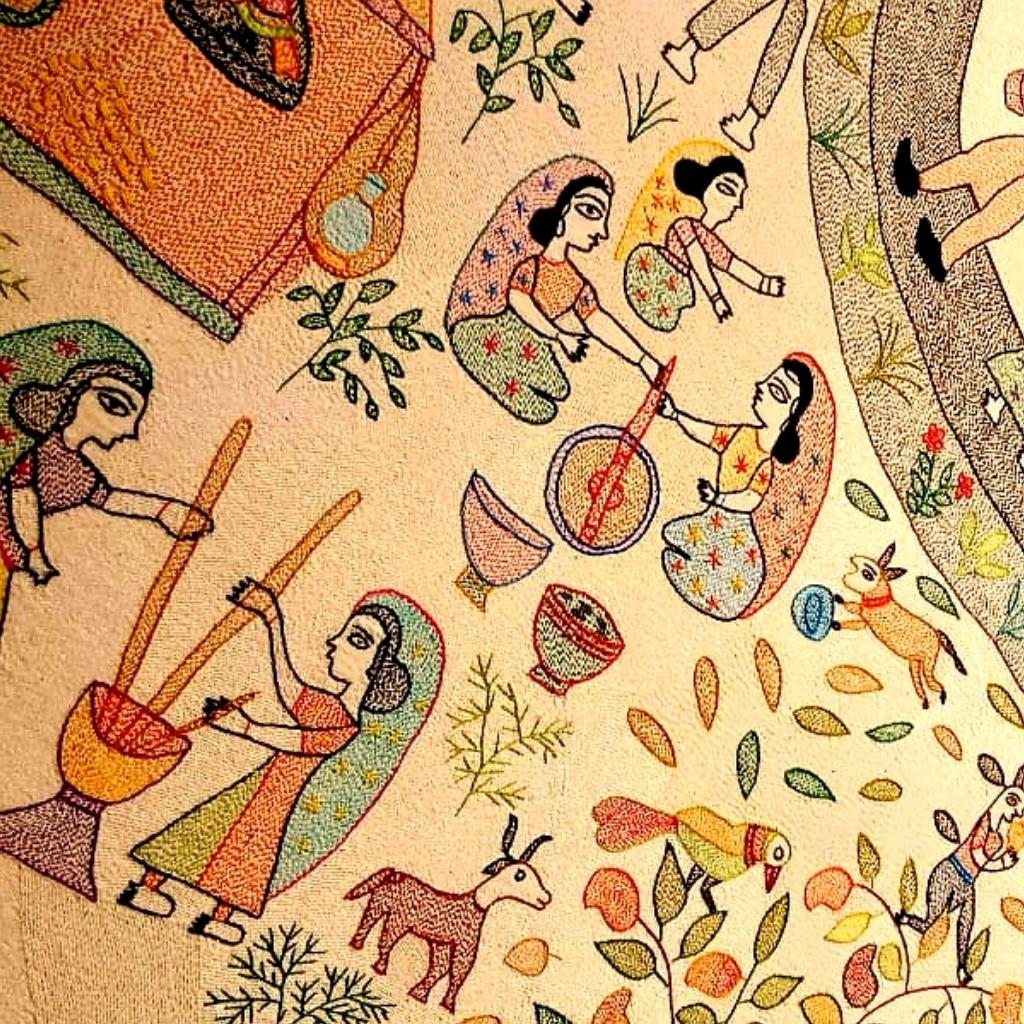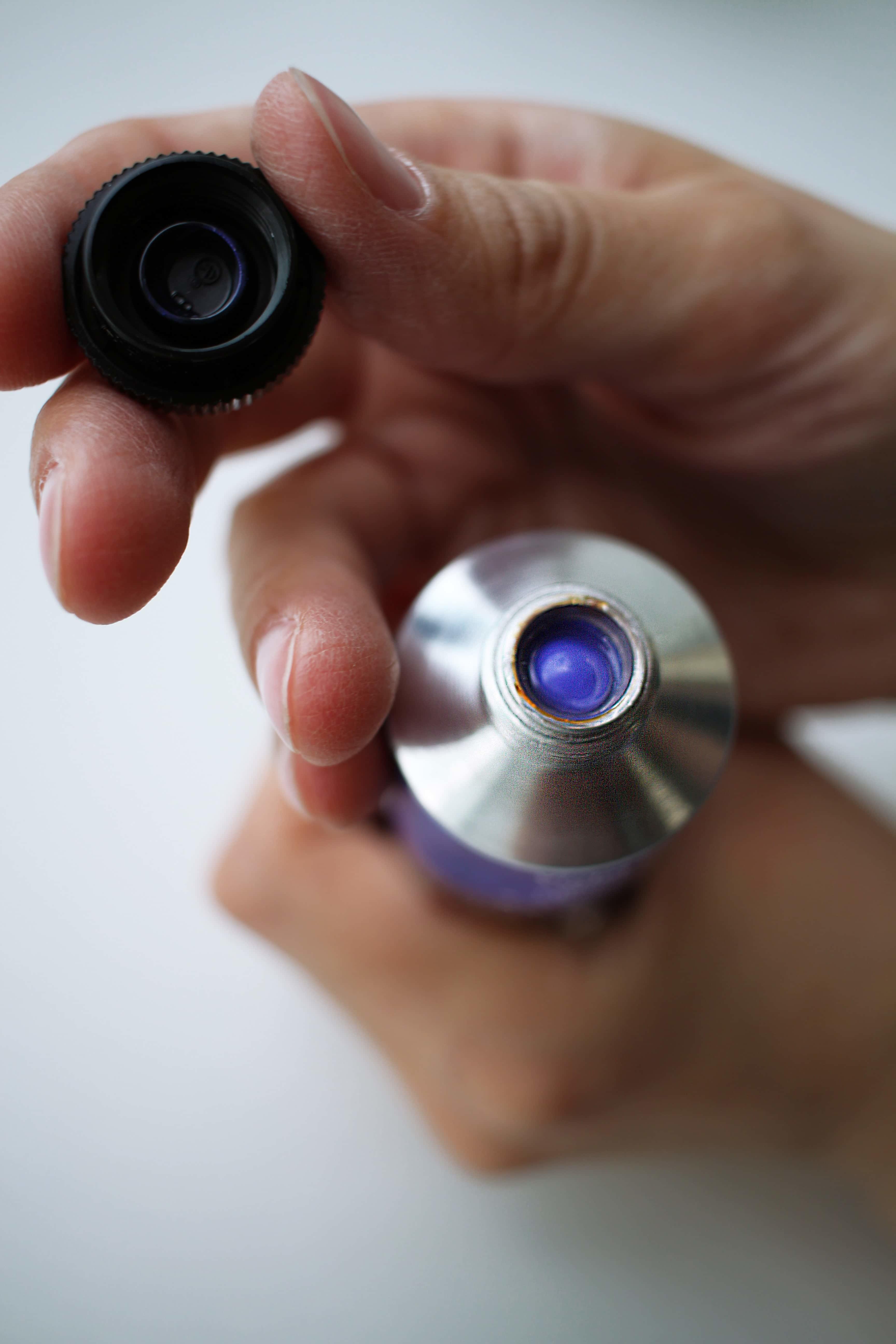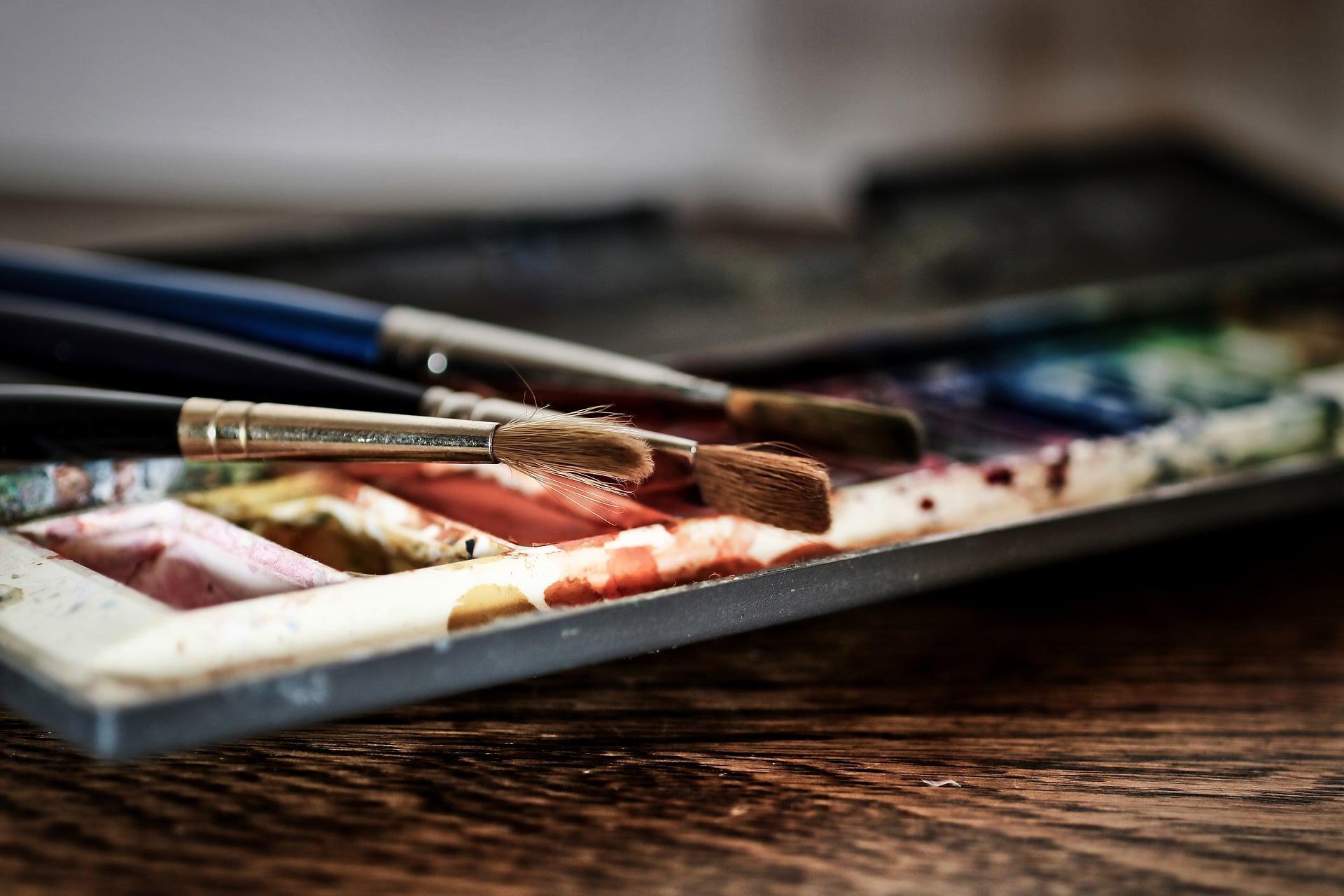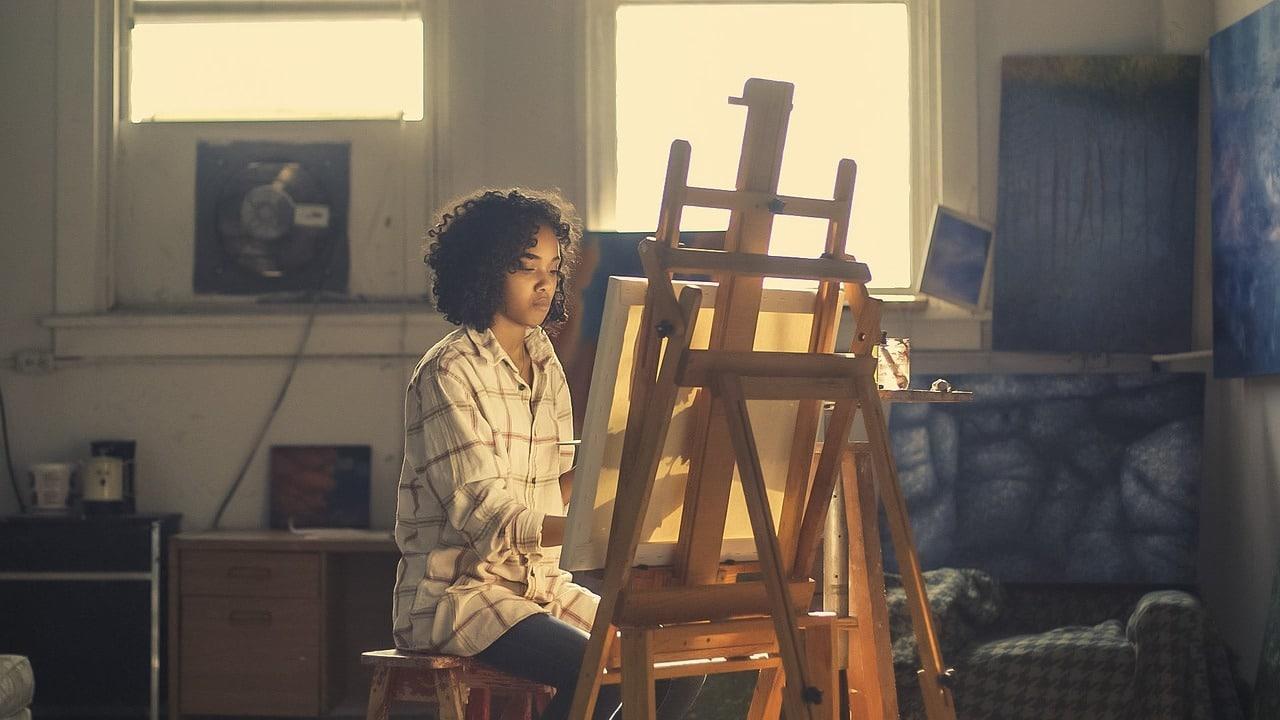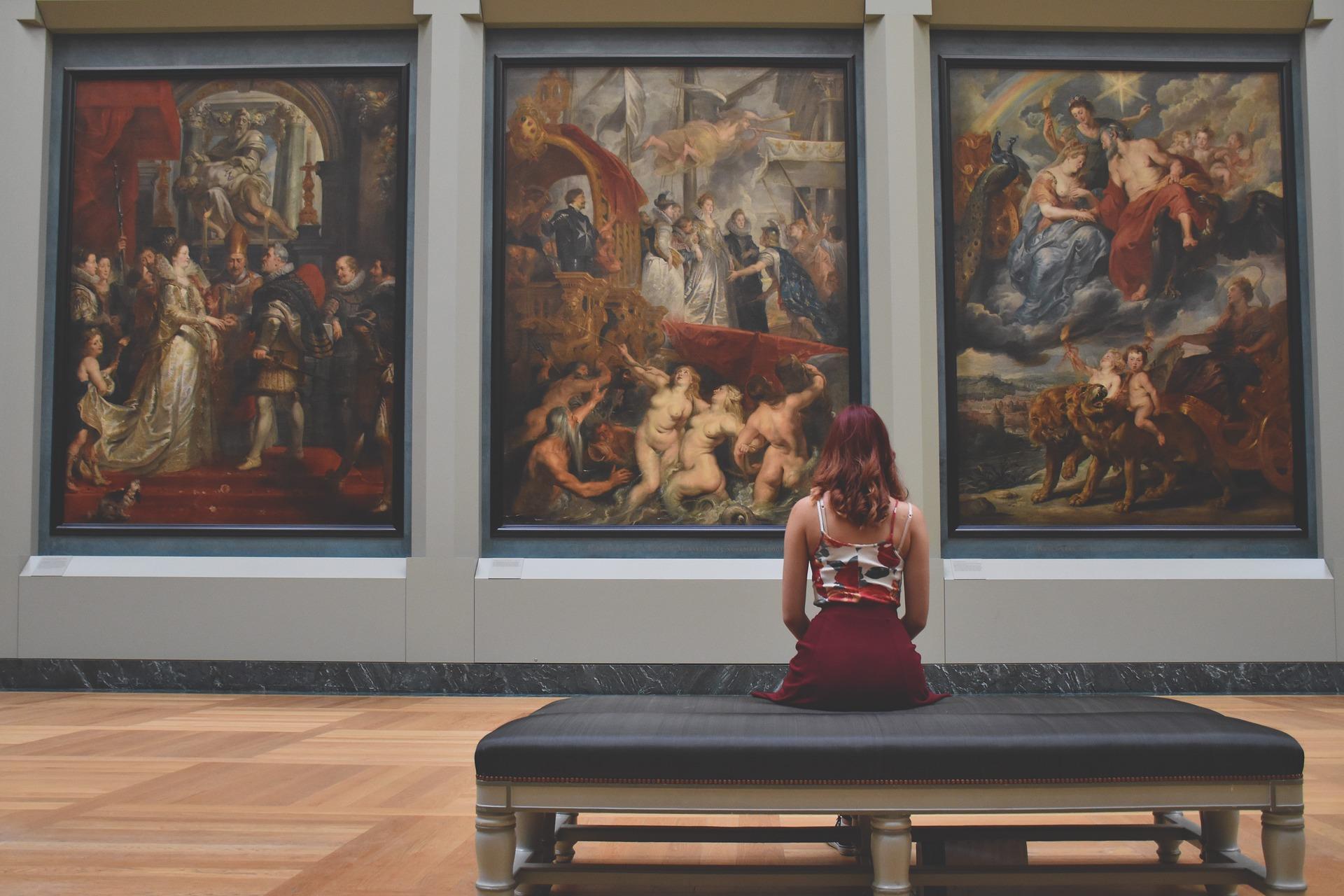In visual art, India is home to many talented individuals who have made their mark. The legacy that Indian painters have left behind, spanning from modern masterpieces to enduring classics, is a source of inspiration for art lovers all around the globe. The artistic traditions of India have been thriving for ages, much like an ocean. This area's artistic heritage may be traced to many generations of artists who have nurtured creativity by developing novel concepts while adhering to established traditions.
Indian folk art can endure for hundreds of years or more due to its gracefulness, beauty, and elegance. Religious epics, particularly depictions of gods and goddesses, are often the subjects of these paintings. Nonetheless, there is no doubt that each of them is exceptional in its special manner. While modernism brought several of these painting styles into the mainstream, very few have maintained their level of original talent and reflection.

History of Indian Paintings
The great cultural diversity of Indian art is strongly displayed in the bright, distinctive, and enchanting folk art and crafts. Various painting styles are prevalent in distinct regions, each reflecting traditions, rituals, and ideologies passed down through centuries. Traditionally, the majority of Indian art forms were expressed through wall paintings or murals. Urbanization gradually incorporated these artistic expressions into paper, canvas, and cloth. Indian painting methods highlight indigenous culture and serve as a classic embodiment of creative expression via simple yet distinctive compositions.
Ancient Paintings of India
Historically, Indian paintings mostly included religious subjects, depicting deities and the cultural elements of the region. Artists employed natural pigments such as charcoal, powdered vegetation, rice flour, turmeric, and lime to create vibrant colors for their artworks. Cave art and mural paintings were integral to ancient Indian painting, illustrating events from Hindu epics such as the Ramayana and Mahabharata. These artworks were produced to communicate tales and preserve cultural heritage. The ancient era of Indian paintings laid the foundation for later artistic styles and techniques, resulting in a rich and diverse history that continues to inspire modern artists.

Paintings in Medieval India
During the medieval period, Indian art experienced a surge of diverse regional styles. Prominent among these were Rajput and Pahari paintings, which depicted royal portraits and courtly life. The royal artwork needs grand preparations as well. The artisans utilized vibrant colors, intricate details, and gold embellishments. They embodied the spirit of Hindu mythology and historical events while incorporating elements of Mughal and Persian art. The medieval period was a crucial milestone in the evolution of Indian art, enriching the visual landscape with depth and complexity.
Contemporary Indian Artworks
The evolution of Indian art showcases modern themes and techniques, illustrating a fusion of traditional and contemporary elements. Modern artists use many techniques and materials, creating innovative and stimulating pieces that investigate new tales and perspectives. The range of styles in modern art paintings is broad, including both abstraction and realism. These paintings adeptly demonstrate the use of vibrant colors, intricate details, and unique materials like as rice paste, cow dung, and plant sap, among others. The modern era of Indian painting encapsulates the essence of artistic expression and cultural evolution. This remarkable research offers extensive insights into Indian painting and Indian art overall.
Most Famous Indian Paintings
Indian artists have profoundly influenced the global art scene with their diverse and profound works. These artists inspire generations, and their work shows the enduring power of creativity and expression. Here are the five most famous Indian paintings.
| Painting | Description | Where to Find |
| “Bapuji” by Nandalal Bose | Mahatma Gandhi is acknowledged as a significant liberation fighter, although few are aware that several modern artists, including Nandalal Bose, were inspired by him. Bose's 1930 linocut, 'Dandi March,' inscribed with 'Bapuji, 1930,' exemplifies his deep admiration for Gandhi and is permanently displayed in the National Gallery of Modern Art in Delhi. | The Art Institute of Chicago |
| “Shakuntala” by Raja Ravi Varma | Raja Ravi Varma, considered as the progenitor of modern Indian painting, produced "Shakuntala," a masterpiece inspired by Kalidasa's illustrious play. This exquisite and haunting painting showcases his expertise in the oil-on-canvas technique. This is a modern retelling of Shakuntala's pursuit of Dushyanta in the ancient Mahabharata. This image portrays Shakuntala pretending to extract a thorn from her foot while looking into the horizon in search of her beloved Dushyanta. Her companions engage in amiable discussion nearby, as a mysterious hooded figure strolls with a cane in the distance. The aesthetic allure and sensuality of Shakuntala's posture in this painting seamlessly enhance the lively and exuberant atmosphere of the whole picture. | Sree Chitra Art Gallery, Thiruvananthapuram |
| “Mother India” by Amrita Sher-Gil | Amrita Sher-Gil, often compared to India’s Frida Kahlo, produced “Mother India,” a striking representation of the maternal archetype embodying the nation's vitality and resilience. This artwork embodies India's cultural character. The emotions of her subjects during this time are infused with melancholy and marked by large, mournful eyes. | National Gallery of Modern Art, New Delhi |
| “The Last Supper” by Francis Newton Souza | Francis Newton Souza's interpretation of "The Last Supper" exemplifies his unique artistic style. The artwork explores themes of spirituality, sexuality, and human connection with a reflective approach. Souza’s significant works, including Crucifixion (1959), which portrays Christ in intense suffering on the cross, and Deposition (1963), which depicts the extraction of Christ’s crucified, bleeding body for interment, embody the occurrences after the Last Supper. Furthermore, Souza constantly depicted the Last Supper as the foundation of the Catholic Eucharistic tradition in his still-life paintings from the mid-1950s to the early 1960s, using a variety of liturgical items arranged on a table. Years later, Souza depicts the Last Supper to emphasize the significance of this event for Catholicism and his artistic expression. | Sotheby's |
| “Self Portrait” by Amrita Sher-Gil | Amrita Sher-Gil's "Self Portrait" exhibits her introspective style impressively. This self-portrait represents her insight and sensitivity as an artist. Commencing in 1930, Amrita Sher-Gil produced a collection of self-portraits that illustrated her many feelings. The captivating and vivid ambiance she has captured is quite rare in her series of self-portraits. | Kiran Nadar Museum of Art. New Delhi |
Famous Female Indian Painters
Notwithstanding historical constraints on their social and cultural engagement, several women in India engaged in the arts, bequeathing legacies that persistently shape contemporary Indian culture and art. Women painters of India, spanning from antiquity through the colonial period to the early modern era, have significantly contributed to the history of Indian art.
Raja Ravi Varma’s Women Collaborators (Late 19th Century)
Raja Ravi Varma, frequently regarded as one of the preeminent Indian painters of the colonial era, had assistance from several skilled women artists in his workshop, although their identities remain mostly obscured by history. Women in his studio were recognized for their contributions to the coloring, detailing, and embellishment of his oleographs and lithographs. These ladies played a crucial role in Varma's groundbreaking efforts in art printing, facilitating the accessibility of his legendary representations of Hindu deities and epic figures to the general public.
Binodini Dasi (1863–1941)
Binodini Dasi, renowned as "Noti Binodini," was mostly recognized as a theater performer, however, she also made substantial contributions to the visual arts. Dasi, born into an underprivileged community in colonial Bengal, has shown endurance and drive throughout her life. She became a prominent character in Bengali theatre in the late 19th century and was extensively engaged in all facets of theatrical production, encompassing set and costume design.
Amrita Sher-Gil (1913–1941)
Despite Amrita Sher-Gil's career before India's independence and the modern age, she is a pivotal figure whose legacy continues to impact contemporary women artists in India. Sher-Gil, sometimes dubbed the "Indian Frida Kahlo," is a preeminent female painter who diverged from Western artistic conventions, drawing inspiration from Indian rural life, customs, and traditions.
Sher-Gil's oeuvre frequently examines the internal landscape of women, encompassing their feelings and experiences. She is renowned for her audacious application of color and her ability to portray the subtleties of Indian life. Her works, like Bride's Toilet and Three Girls, had a profoundly sad and introspective tone, establishing her as a pioneer in articulating the emotional complexities of Indian women during her day.
Nalini Malani
Nalini Malani is a seminal figure in contemporary art, celebrated for her innovative use of technology and distinctive visual language, exerting considerable impact worldwide as a painter and multimedia artist. Born in Karachi in 1946, she studied at Sir J.J. School of Arts and became a trailblazer of video art in India. Malani's work often explores themes of feminism, conflict, and the human experience, encouraging audiences to engage with complex issues in novel and thought-provoking ways. Her dedication to viewing the artist as an activist and her analysis of women via many genres have significantly impacted modern art in India.
Bharti Kher
Renowned contemporary Indian artist Bharti Kher was born in London to Indian immigrant parents in 1969. She captivates with her innovative compositions that transcend traditional boundaries and is acclaimed for masterpieces created with several bindis. Kher is acclaimed for her intellectually provocative sculptures and installations, often exploring themes of identity, mythology, and gender. Utilizing a unique artistic vernacular, she challenges conventional notions by employing unconventional materials to craft widely appealing narratives. She consistently broadens the boundaries of creative expression and participates in a dynamic discourse on culture, gender, and the evolution of contemporary art in India and abroad. The artist currently resides and works in New Delhi.
Most Expensive Indian Paintings
Indian artists have enthralled audiences for an extended period, and their creations are permanently etched in our hearts. The remarkable prices achieved by artworks would have been inconceivable throughout the lifetimes of these luminaries. Currently, India is experiencing a rebirth in modern art, and the direction seems to be solely upward. In this flourishing era of Indian contemporary art, we witness a continuum of significant accomplishments, where art continually surpasses boundaries, redefines value, and captivates the human spirit. The following are the five most expensive paintings from India.

1. ‘The StoryTeller’ by Amrita Sher-Gil
"The StoryTeller," a famous piece by Amrita Sher-Gil, was sold at sale by the Saffron Art Gallery in Delhi for an amazing 61.8 crore, which got a lot of attention. The powerful emotional range of this piece of art is on full display here as it shows a group of women going about their daily lives. The picture was the most expensive Indian piece of art ever sold at auction. It was a big deal in the world of fine art. The amazing thing about this piece of art is that it shows women going about their normal lives and doing normal and important things.
2. ‘Gestation’ by S.H. Raza
Before "The StoryTeller" by Amrita Sher-Gil, "Gestation," which sold for an impressive Rs 51.75 crore, held the record for the most popular Indian picture. At Pundole's in Mumbai, this valuable item was put up for sale. The piece of art is made up of bright, flat colors that are arranged in geometric patterns. At its core, there is an important part: a large circle called the Bindu that draws attention and makes the whole arrangement better. The combination of geometric shapes and bright colors in the art piece makes it visually striking, making it a valuable and appealing addition to any art collection.
3. ‘Untitled’ by V.S. Gaitonde
Untitled, V.S. Gaitonde's masterpiece, is a great abstract picture that was made in 1969. This piece shows how brilliant Gaitonde is as an artist; it uses new ideas to bring together light, texture, color, and space in a way that works well. The fact that the work doesn't have a clear title adds to its mystery by letting people understand it in their way. This famous piece of art sold for an amazing 48.3 crore at a major sale, showing how valuable and well-known it is in the art world. The picture is a classic and highly regarded example of Gaitonde's skill at blending different materials in a way that looks natural.
4. ‘Bull on Rickshaw’ by Tyeb Mehta
Tyeb Mehta's art is a great tribute to the things that he likes. A bull is tied to a cart and is acting like it's losing control and getting out of hand. Tyeb Mehta's unique style is combining different elements into one piece of art, and this picture is a beautiful example of that. The bright colors and strong lines bring the whole picture together. People value Mehta's art, as shown by the fact that this amazing piece was sold for an amazing 41.97 crore.
5. ‘Hunger’ by F.N Souza
"Hunger," a picture by F.N. Souza, sold for an amazing 34.5 crore and shows off the artist's unique style. Through his art, Souza is known for exploring the darker and more melancholy sides of society. In particular, "Hunger" shows how many people have an endless desire for material wealth, showing greed and its bad effects. The picture clearly shows how the constant desire for more could lead to the decline of society.
India’s rich artistic heritage has been shaped by iconic artists whose works reflect the country's diverse culture, history, and spirituality. From Raja Ravi Varma’s vivid depictions to M.F. Husain’s modern expressions, these painters have left an indelible mark on the global art scene, inspiring future generations with their creativity and vision.

